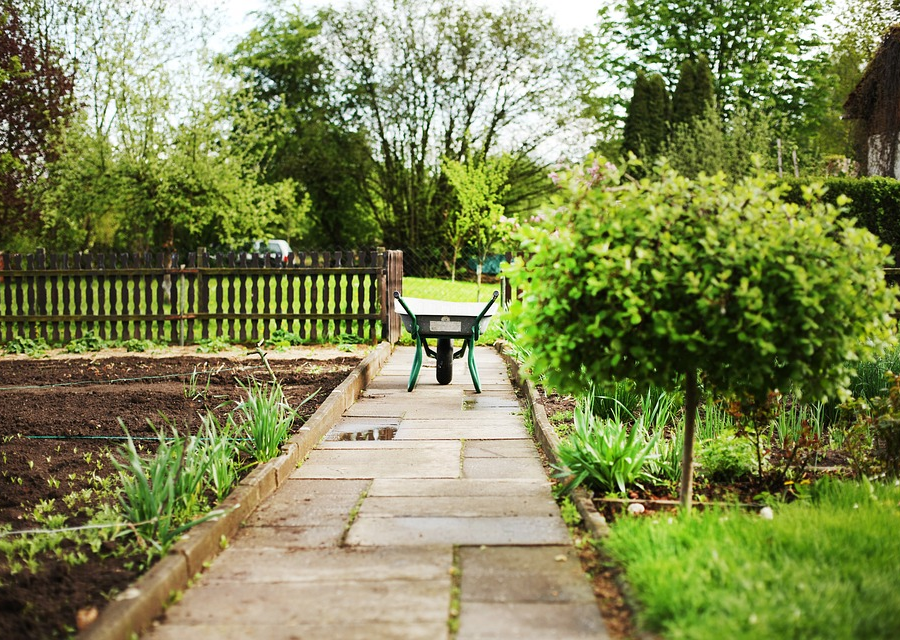Back
Grow your own food and save money!
Growing your own fruit or vegetables can seem daunting at first, but it’s a great way save money and become a more sustainable household!
Many vegetables that you eat everyday can be grown just as easily in your garden without taking up too much space or requiring additional resources.
With many people finding themselves with additional time on their hands, starting a vegetable patch in your garden is an easy and cost effective way to grow your own food. In the current climate, it’s understandable if people are less willing to venture to the shops or spend unnecessary money, so growing your own food is a safe, cheap and eco-friendly alternative.
Deciding which food you would like to grow is sometimes the hardest step. For first time growers, there are lots of easy vegetables that can be grown without buying expensive containers or soil; many, especially herbs, can even be grown in window boxes if you don’t have a garden! A great way to start is with a salad or potatoes, as they are easy to grow and some of the most cost effective vegetables to produce yourself. With a single lettuce costing around 50p and a pack of 1500 seeds costing approximately £2.50, why wouldn’t you grow them yourself?
Vegetables such as radish, lettuce, runner beans, and tomatoes don’t require much space or expensive soils/ pots. If you have a garden, then a small patch is all that’s needed to get started, and if you do buy pots or grow bags, they can be used year after year meaning you will recuperate any upfront costs quickly. There are also lots of household items that can be reused and repurposed to help you grow your own food. For example, using egg cartons as small starter pots for seeds, or an old recycling bin as a deeper pot for growing carrots in. You can also make your own raised beds out of wood – old palettes are very useful for this and, once painted, can make attractive additions to your garden!
Check out the top tips and useful resources below, and happy planting!
Top Tips:
– Start small If you are new to growing vegetables or herbs, don’t try and grow ten different types in the first year – it’s unlikely you’ll be able to/ want to keep up with them if you’re busy as they often require daily attention.
– Do your research. If you’re set on growing certain kinds of vegetables, make sure you have the right environment and are planting them at the correct time of year. Check out our Grow Your Own section to learn more about growing individual fruits and vegetables.
– Don’t spend unnecessarily. Lots of items found around the house can be used to help you grow your own food. Local allotments can also often be cost-effective suppliers of soils and feed if they are required.
Back

